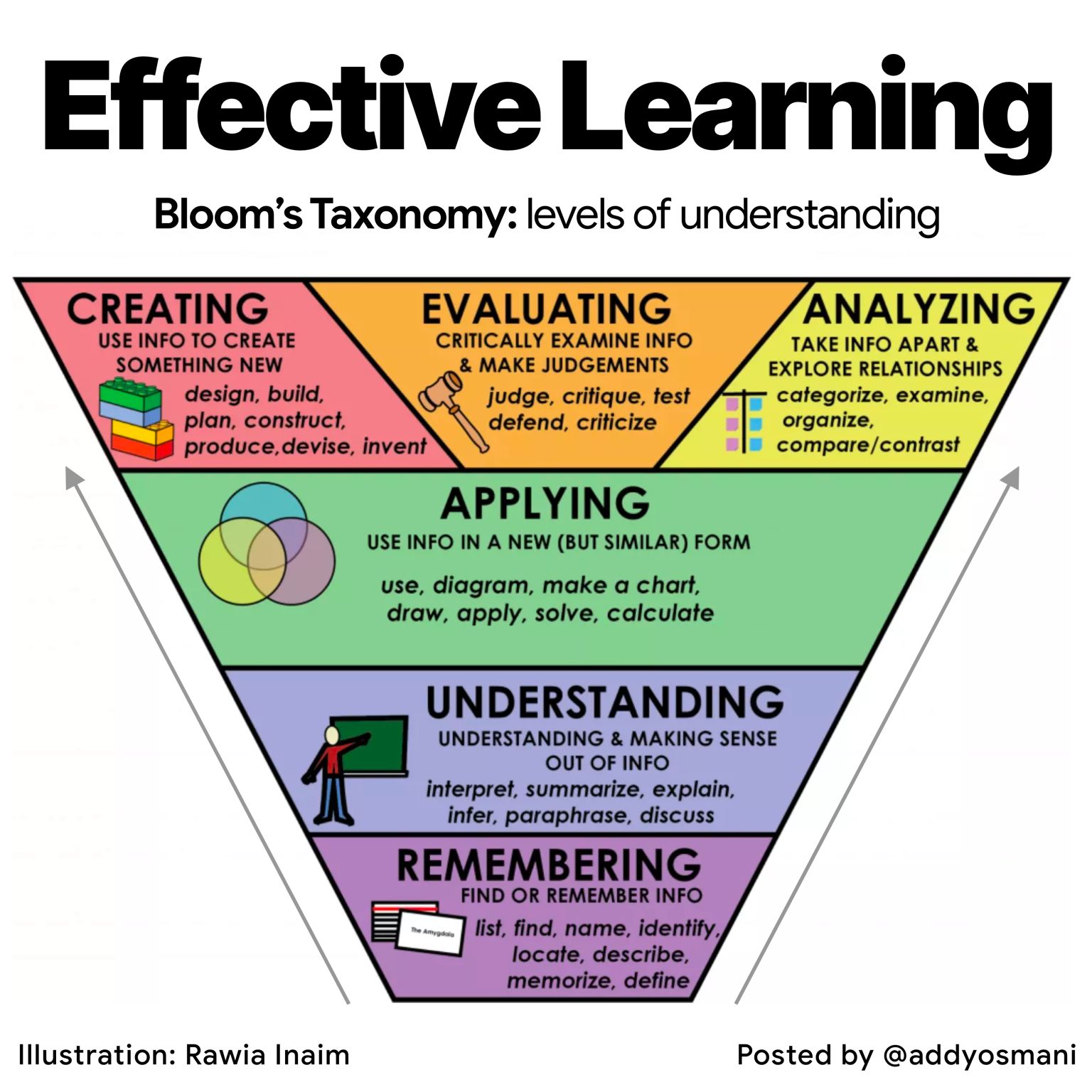"The mind is not a vessel to be filled, but a fire to be kindled."
The brain is a complex machine, historically humans have been always trying to understand how it works. There are some remarkable reasons such as understanding different illnesses, emulating its behavior using machines and learning fast and better. As humans, we are obsessed with knowledge, it seems like we have never enough, we want to know more and more, I would like to use the term curiosity, which could be the engine for the humanity.
The cognitive revolution
it is not a coincidence that humans are obsessed with knowledge. One of the main skills about Homo sapiens is their capacity about transmit information. This skill sets us apart from other species, as we can quickly adapt our behavior and social structures by passing on knowledge between generations. Homo sapiens predominated in part thankfully this capacity, transmitting key information between generations.
Knowledge has player a significant role for the evolution of our specie, ideas, facts, opinions, and theories built a complex woven of data, therefore the quality of information is critical. Thinking how we can learn better and generate higher-quality information can help make the future a bit brighter.
How things work?
That is a big question, writing down what do you do in your normal day, explaining to yourself in simple words what do you do for living, can you do it?. We mostly live in automatic mode, doing things that we can’t explain. I came with this realization when I started to read the book called ‘The design of every day things’ while I was reading this book, I came across three interesting points:
- How am I learning?
- How am I retaining new knowledge
- How am I connecting new knowledge with old knowledge?
Connections
it is an important word, as software developer this a common word in my normal day, as I see it used in different context such as connecting components, connecting databases, connecting services among others. I also come across this word when watching a video by Andrew Huberman, who talked about the learning process and how the neurons work, and how to learn better, emphasizing the word 'connection'.
Why?
This article is focus in a small approach to my learning process trying to formalize things that I do it in my normal routine, but struggle to explain. Connecting means how to acquire new information and connect it with current knowledge to form conclusions, make decisions, develop opinions and so on. Having said that, It is important to remember that the only valuable knowledge is the one that allows you to create connections.
To make the process replicable, certain things need to be formalized. Starting with knowledge, it can be divided into two types.
Declarative knowledge
it is also called knowledge of that includes the knowledge of facts and rules, these ‘dots’ of knowledge contain your ideas, opinions, and perceptions an example could be “Asynchronous programming is an efficient way to deal with I/O Task”.
It types of knowledge is useful in meetings or in argues when people are trying to come up with new ideas or solutions because facts help to validate these ideas quickly. The following points are some things that you start to do when you have clear facts.
- Ask the correct question in meetings
- Don’t take decision which does not make sense
- Don’t support crazy ideas
- Don’t give opinions without fundaments
- Let other people talk, process the information and if you have something to add, go a head
Procedural knowledge
it is also called Knowledge how to, this is the knowledge which includes steps, methodologies, and stages. The declarative knowledge provides the facts, while the procedural knowledge provides the steps for how those facts occur. This type of knowledge is obtained by working hands-on in something, by passing from theory to practice, applying different methods, strategies, and processes, at the end of the day you can:
- Validate facts
- Generate new knowledge
- Ask yourself more questions (a cyclic process).
There are a lot of ways to acquire these types of knowledge, Show Figure 1, however one of the more significant things to take care of is taking notes. It is how humans can save information, process, and transform it into new ideas, one of the most popular notes-taking methods is Zettelkasten method.

Zettelkasten
Zettelkasten is a taking notes method, the main idea here it is writing down notes which are referenced between each one to make relating information process easier, Show Figure 2. This method is divided in three types of notes.
Fleeting notes
These notes are simple ideas based on a specific content, the response is what you understand about something, for instance:
- If you are listening a podcast, you can stop in some parts and come with some ideas based on what you understand
Literature notes
Fleeting notes are converted to the main sources for this stage, literature notes consist of using the thoughts took before and validating them with books, articles, and other sources. The main idea in this stage is to use the fleeting notes as sources, conduct different researches and come to conclusions. It is possible to conclude that some ideas are not true. This stage is the perfect moment to validate knowledge. Therefore, literature notes open up space for hands-on work, validate methodologies and come up with new methods.
Permanent notes
These notes contain simple ideas, more like conclusions, and they have to reference the notes took in other stages. These notes could also be call new knowledge, however the main point here it is creating your strong opinion about something, perhaps base in facts, thus you ended up where you started, with facts, but facts that you can back up with real information.
The importance to link notes
Creating links between notes is key for the purpose of this method because connections help you to better understand information.
This method has helped me a lot because it is base on ideas, no just coping and pasting information. In addition, ideas could be also linking to other ideas, you can structure your notes in the following way.
- Idea 1
1.A Sub idea
2.B Sub idea
Perhaps this method isn't perfect, actually it could put you in procrastination situations my point of view is simple, just use mythologies and tools where you need it otherwise using simple notes could be useful too.

Conclusion
The knowledge transcends for years, growing as humans, require understating it. Even thought we live in beautiful times when we have access to a lot of information, there is also a lot of useless information. Analyzing, filtering, and generating new knowledge will be a big challenge in times to come.

